





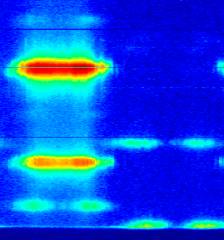 The coating of organic molecules from the solution phase can result in
directional crystal growth under certain conditions, even on a smooth
isotropic surface and without the need of any kind of graphoexpitaxial
preparation of the substrate. Based on reviewing the results from a
variety of coating techniques and coating parameters, we identified
that it is crucial for the coating speed to match the growth speed of
the fastest growing crystal plane to achieve a high degree of
directional crystallization.
The coating of organic molecules from the solution phase can result in
directional crystal growth under certain conditions, even on a smooth
isotropic surface and without the need of any kind of graphoexpitaxial
preparation of the substrate. Based on reviewing the results from a
variety of coating techniques and coating parameters, we identified
that it is crucial for the coating speed to match the growth speed of
the fastest growing crystal plane to achieve a high degree of
directional crystallization.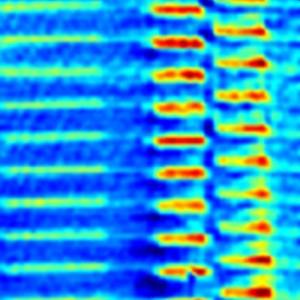 Scattering provides detailed insight into the structure of
materials, however lacks the immediate intuitive understanding that
imaging techniques provide. A collaboration of Binghamton University, Lawrence
University, Brookhaven National Lab and Stanford University has
attempted to remediate this situation. Combining state-of-the-art
microbeam GIWAXS with tomographic methods the team imaged the structure
of an organinc semiconductor in a transistor array ...
Scattering provides detailed insight into the structure of
materials, however lacks the immediate intuitive understanding that
imaging techniques provide. A collaboration of Binghamton University, Lawrence
University, Brookhaven National Lab and Stanford University has
attempted to remediate this situation. Combining state-of-the-art
microbeam GIWAXS with tomographic methods the team imaged the structure
of an organinc semiconductor in a transistor array ...
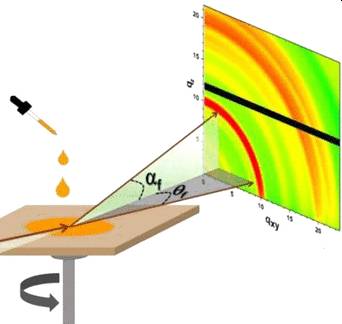 Real-time in-situ GIWAXS has revealed much detail on the intricate
processing stages of lead halide perovskites, one of the most promising
class of materials for thin film solar cells. An overview is given on
techniques (one-step and two-step spin coating, blade coating) as well
as on basic materials, mixed anion cation systems and solvents...
Real-time in-situ GIWAXS has revealed much detail on the intricate
processing stages of lead halide perovskites, one of the most promising
class of materials for thin film solar cells. An overview is given on
techniques (one-step and two-step spin coating, blade coating) as well
as on basic materials, mixed anion cation systems and solvents...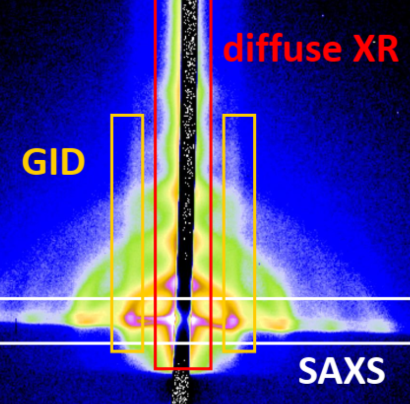 GISAXS has proven to be a powerful method to characterize the structure
of block copolymer (BCP) thin films and BCP-based nanocomposite structures. Even
more so, the structure formation pathway and self-assembly kinetics can
be studied in great detail in real time using in-situ sample cells. This
overview introduces the reader to GISAXS scattering theory, good experimental practice, design
and application of in-situ apparatus, as well as selected experimental
examples. The perspective concludes with an overview of emergent
techniques and applications.
GISAXS has proven to be a powerful method to characterize the structure
of block copolymer (BCP) thin films and BCP-based nanocomposite structures. Even
more so, the structure formation pathway and self-assembly kinetics can
be studied in great detail in real time using in-situ sample cells. This
overview introduces the reader to GISAXS scattering theory, good experimental practice, design
and application of in-situ apparatus, as well as selected experimental
examples. The perspective concludes with an overview of emergent
techniques and applications.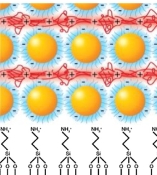 Gold nanoparticles coated with single-stranded DNA ligands have a
powerful dual functionality: The DNA ligands can be engineered with
highly specific end groups that selectively attach to DNA strands on
the surfaces of viruses and bacteria, or to detect microRNAs in the
bloodstream that are early cancer indicators. The gold core serves as a
light amplifier via the surface plasmon resonance for detection of
agents using for instance surface-enhanced Raman spectroscopy.
Gold nanoparticles coated with single-stranded DNA ligands have a
powerful dual functionality: The DNA ligands can be engineered with
highly specific end groups that selectively attach to DNA strands on
the surfaces of viruses and bacteria, or to detect microRNAs in the
bloodstream that are early cancer indicators. The gold core serves as a
light amplifier via the surface plasmon resonance for detection of
agents using for instance surface-enhanced Raman spectroscopy. 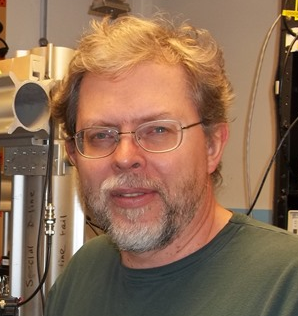 At this point I would like to thank all my faithful users and
collaborators for bringing novel materials and exciting ideas to the
beamlines I was in charge of. It has been a wild ride all over the nanoworld! Rock on!
At this point I would like to thank all my faithful users and
collaborators for bringing novel materials and exciting ideas to the
beamlines I was in charge of. It has been a wild ride all over the nanoworld! Rock on! 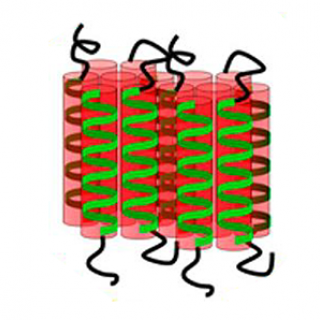 Living cells control input and output from the cell to the surrounding
medium with highly specific channels formed by membrane proteins. In
order to make this specificity available to membranes...
Living cells control input and output from the cell to the surrounding
medium with highly specific channels formed by membrane proteins. In
order to make this specificity available to membranes...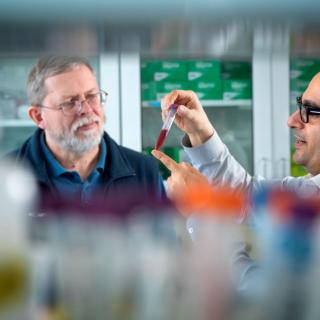 Cornell food scientists hunting for a stable, natural red food coloring
to replace artificial dyes have unlocked a secret ...
Cornell food scientists hunting for a stable, natural red food coloring
to replace artificial dyes have unlocked a secret ...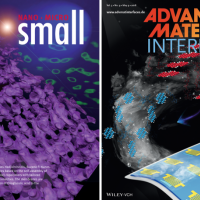 During just the final half year of D-line operation in 2018, D-line users have published 19 articles in renowned journals on ex-situ and in-situ studies of soft materials...
During just the final half year of D-line operation in 2018, D-line users have published 19 articles in renowned journals on ex-situ and in-situ studies of soft materials... Congratulations, Luisa Whittaker-Brooks, University of Utah and CHESS User, who has been named one of the 2018 Talented 12 by Chemical & Engineering News.
Congratulations, Luisa Whittaker-Brooks, University of Utah and CHESS User, who has been named one of the 2018 Talented 12 by Chemical & Engineering News.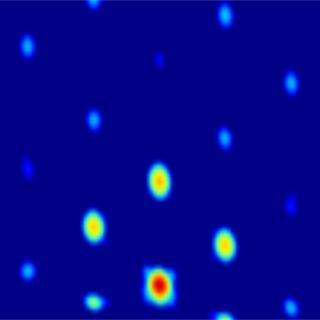 Nano-structure of thin polymer films is precisely controlled by new type of annealing
Nano-structure of thin polymer films is precisely controlled by new type of annealing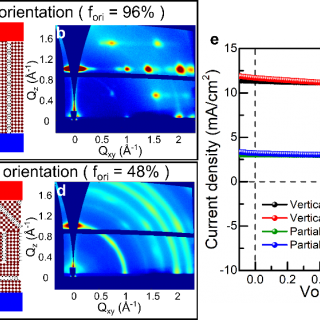 Metal Halide Perovskites (MHPs) are poised to revolutionize
the field of optoelectronic materials with their phenomenal performance
in solar cells, light emitting diodes (LEDs), photodetectors and lasers.
Metal Halide Perovskites (MHPs) are poised to revolutionize
the field of optoelectronic materials with their phenomenal performance
in solar cells, light emitting diodes (LEDs), photodetectors and lasers.
 TeraPore Technologies,
the developer of advanced nanofiltration membrane systems for
bioprocess and other applications, announced that it has completed a $6M Series A financing round.
TeraPore Technologies,
the developer of advanced nanofiltration membrane systems for
bioprocess and other applications, announced that it has completed a $6M Series A financing round.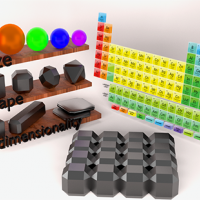 The assembly of colloidal nanocrystal building blocks
into ordered superlattices presents many scientifically interesting and
technologically important research challenges to create programmable
matter from “crystals-of-crystals”...
The assembly of colloidal nanocrystal building blocks
into ordered superlattices presents many scientifically interesting and
technologically important research challenges to create programmable
matter from “crystals-of-crystals”...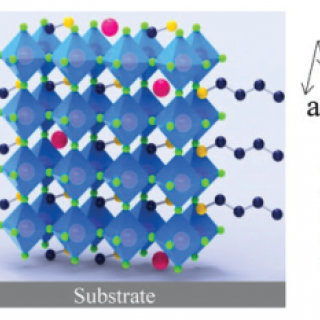 Organic-inorganic lead iodide perovskites are a much studied materials
class that have reached solar cell efficiencies above 22% – on
par with amorphous silicon – in only a few years after
discovery...
Organic-inorganic lead iodide perovskites are a much studied materials
class that have reached solar cell efficiencies above 22% – on
par with amorphous silicon – in only a few years after
discovery... 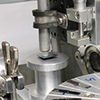 Combinatorial thin film research can comprise hundreds of samples grown
with slightly different compositions or processing conditions ...
Combinatorial thin film research can comprise hundreds of samples grown
with slightly different compositions or processing conditions ...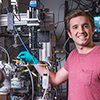 The MaMaSELF program, short for Masters in Material Science Exploring
Large-scale Facilities, is a two-year European Masters program in
materials science ...
The MaMaSELF program, short for Masters in Material Science Exploring
Large-scale Facilities, is a two-year European Masters program in
materials science ...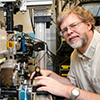 Scientists and engineers are constantly working to improve the performance or solar cells ...
Scientists and engineers are constantly working to improve the performance or solar cells ...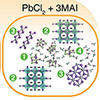 Mixed organic-inorganic halide perovskite materials have been in the
spotlight in the photovoltaics research community ...
Mixed organic-inorganic halide perovskite materials have been in the
spotlight in the photovoltaics research community ...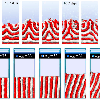 Based on research spanning more than 15 years at CHESS and at HASYLAB,
Christine M. Papadakis at the Technical University of Munich (TUM),
Germany, Dorthe Posselt at Roskilde University, Denmark, and CHESS staff
scientist Detlef Smilgies published a comprehensive review on in-situ
solvent vapor annealing processes ...
Based on research spanning more than 15 years at CHESS and at HASYLAB,
Christine M. Papadakis at the Technical University of Munich (TUM),
Germany, Dorthe Posselt at Roskilde University, Denmark, and CHESS staff
scientist Detlef Smilgies published a comprehensive review on in-situ
solvent vapor annealing processes ...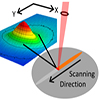 Thermal annealing is a standard method for bringing block copolymer
films into their thermal equilibrium morphology. However, typical
thermal annealing is slow ...
Thermal annealing is a standard method for bringing block copolymer
films into their thermal equilibrium morphology. However, typical
thermal annealing is slow ...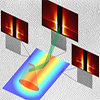 The ability to precisely control every aspect of a material, even at the
nanoscale, is of critical importance in a host of applications ...
The ability to precisely control every aspect of a material, even at the
nanoscale, is of critical importance in a host of applications ...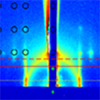 The SNIPS process (Self-assembly plus Non-solvent-Induced Phase
Separation) is a newly developed method to create asymmetric membranes
with well-defined pore sizes in the top separation layer, for instance
for ultrafiltration of proteins or viruses...
The SNIPS process (Self-assembly plus Non-solvent-Induced Phase
Separation) is a newly developed method to create asymmetric membranes
with well-defined pore sizes in the top separation layer, for instance
for ultrafiltration of proteins or viruses...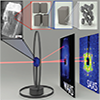 This
workshop sought to bring together scientists seeking to build and
understand new materials achieving exceptional properties through
assemblies of either organic or inorganic building blocks...
This
workshop sought to bring together scientists seeking to build and
understand new materials achieving exceptional properties through
assemblies of either organic or inorganic building blocks...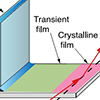 A key element for bringing organic electronics to the market place is
the understanding of the microstructure formation during coating and
printing. The deposit microstructure limits the device performance...
A key element for bringing organic electronics to the market place is
the understanding of the microstructure formation during coating and
printing. The deposit microstructure limits the device performance...  This past November ten young innovators made it to EmTech Singapore's
Innovators Under 35 list, selected from over 100 applicants from Asia
and Australasia...
This past November ten young innovators made it to EmTech Singapore's
Innovators Under 35 list, selected from over 100 applicants from Asia
and Australasia... CHESS user Joshua Choi, an assistant professor at the University of
Virginia, won a prestigious NASA Early Career Faculty Award ...
CHESS user Joshua Choi, an assistant professor at the University of
Virginia, won a prestigious NASA Early Career Faculty Award ...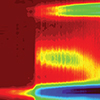 When building solar cells based on organic bulk heterojunctions
(BHJ), donor and acceptor semiconducting materials are deposited from
solution ...
When building solar cells based on organic bulk heterojunctions
(BHJ), donor and acceptor semiconducting materials are deposited from
solution ...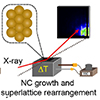 Through
diligent chemistry work on purifying small gold nanoparticles and then
reintroducing a variety of additives ...
Through
diligent chemistry work on purifying small gold nanoparticles and then
reintroducing a variety of additives ...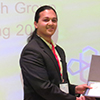 CHESS Director Joel Brock was pleased to announce this year’s
winner of the CHESS Student Paper Prize as Gaurav “Gino”
Giri ...
CHESS Director Joel Brock was pleased to announce this year’s
winner of the CHESS Student Paper Prize as Gaurav “Gino”
Giri ...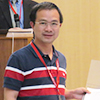 An
important part of the annual CHESS Users’ Meeting is the display
and discussion surrounding users who present their work via posters ...
An
important part of the annual CHESS Users’ Meeting is the display
and discussion surrounding users who present their work via posters ...
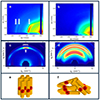 Nanorods are elongated nanoparticles with aspect ratios of typically
3:1 to 10:1 and thus have interesting structural and optical
anisotropies ...
Nanorods are elongated nanoparticles with aspect ratios of typically
3:1 to 10:1 and thus have interesting structural and optical
anisotropies ... D1 user Lina Botero of Cornell Fiber Science & Apparel Design in
the news: Lighted clothing that flashes to beat of music will hit
runway ...
D1 user Lina Botero of Cornell Fiber Science & Apparel Design in
the news: Lighted clothing that flashes to beat of music will hit
runway ...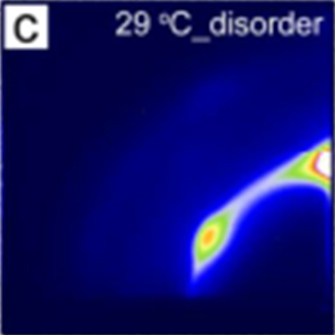 When we
heat up something, we usually expect it to come out less ordered, e.g.
ice turns to water ...
When we
heat up something, we usually expect it to come out less ordered, e.g.
ice turns to water ...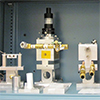 With
the availability of the Sample
Environment Lab, CHESS staff scientist Detlef Smilgies, also an adjunct
associate professor at the Cornell School of Chemical and
Biomolecular Engineering, took three aspiring chemical engineers under
his wings...
With
the availability of the Sample
Environment Lab, CHESS staff scientist Detlef Smilgies, also an adjunct
associate professor at the Cornell School of Chemical and
Biomolecular Engineering, took three aspiring chemical engineers under
his wings... This fall semester,
Cornell High Energy Synchrotron Source (CHESS) furthered its
educational goals...
This fall semester,
Cornell High Energy Synchrotron Source (CHESS) furthered its
educational goals...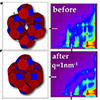 Imagine building a chemical reactor small
enough to study nanoparticles a billionth of a meter across...
Imagine building a chemical reactor small
enough to study nanoparticles a billionth of a meter across...